When remembering good times, parks are usually recurring settings. With their serene and welcoming atmosphere, they have the power to bring back fond memories and connect us with our personal history. In Holguín, known as the City of Parks, there is one in particular, San José Park, which is more than just a public space, if such a thing exists. The San José has been the scene of memorable passages both in my life and in that of entire generations.
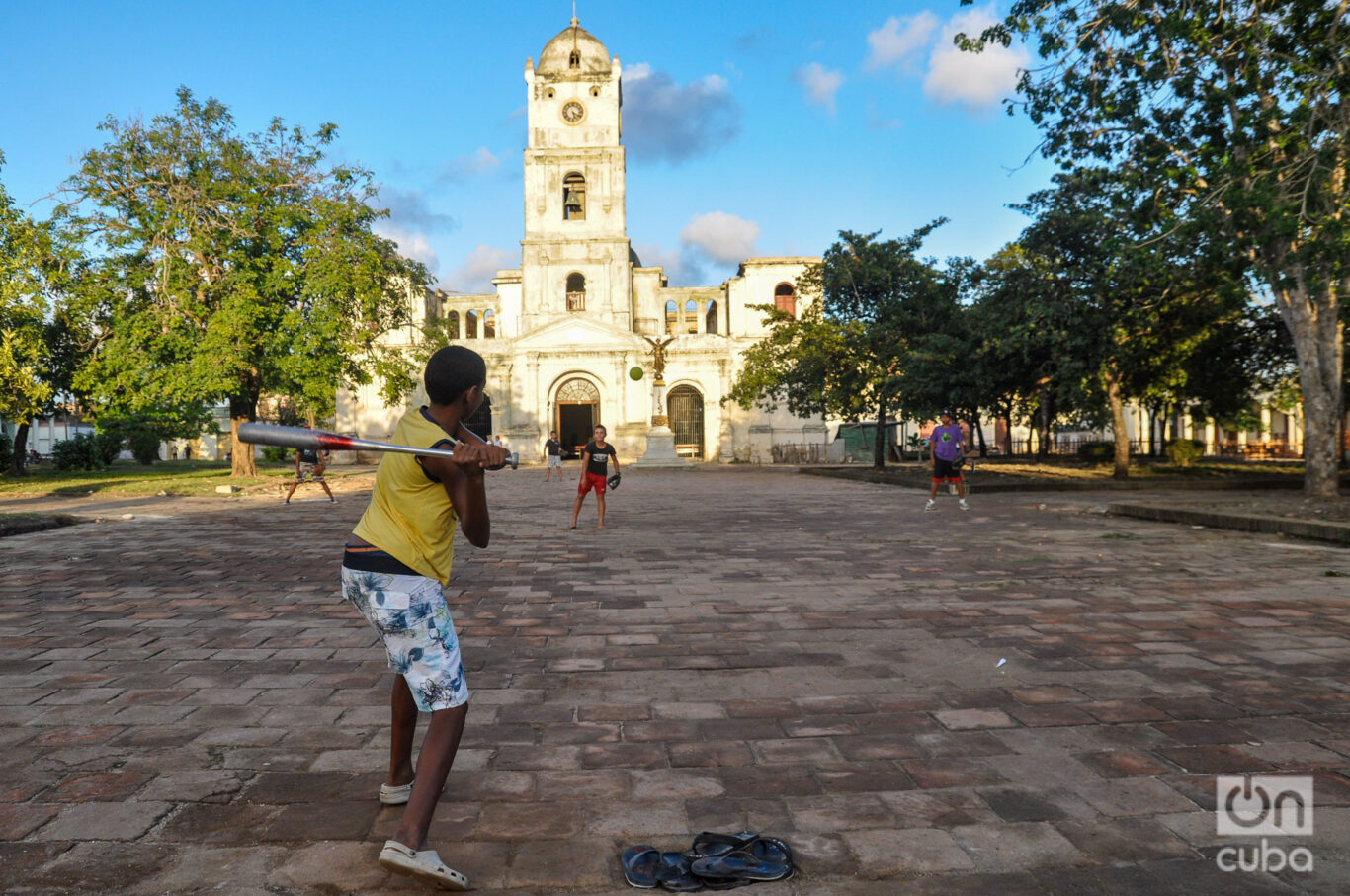

Officially it is called Céspedes Park, but for Holguín residents it is simply San José Park. My family says that, when I was about 3 years old, I insisted they take me to the “paquemío.” By this, I meant “my park.” It was San José where I wanted to go, that was the place my parents used to choose to take me to play.
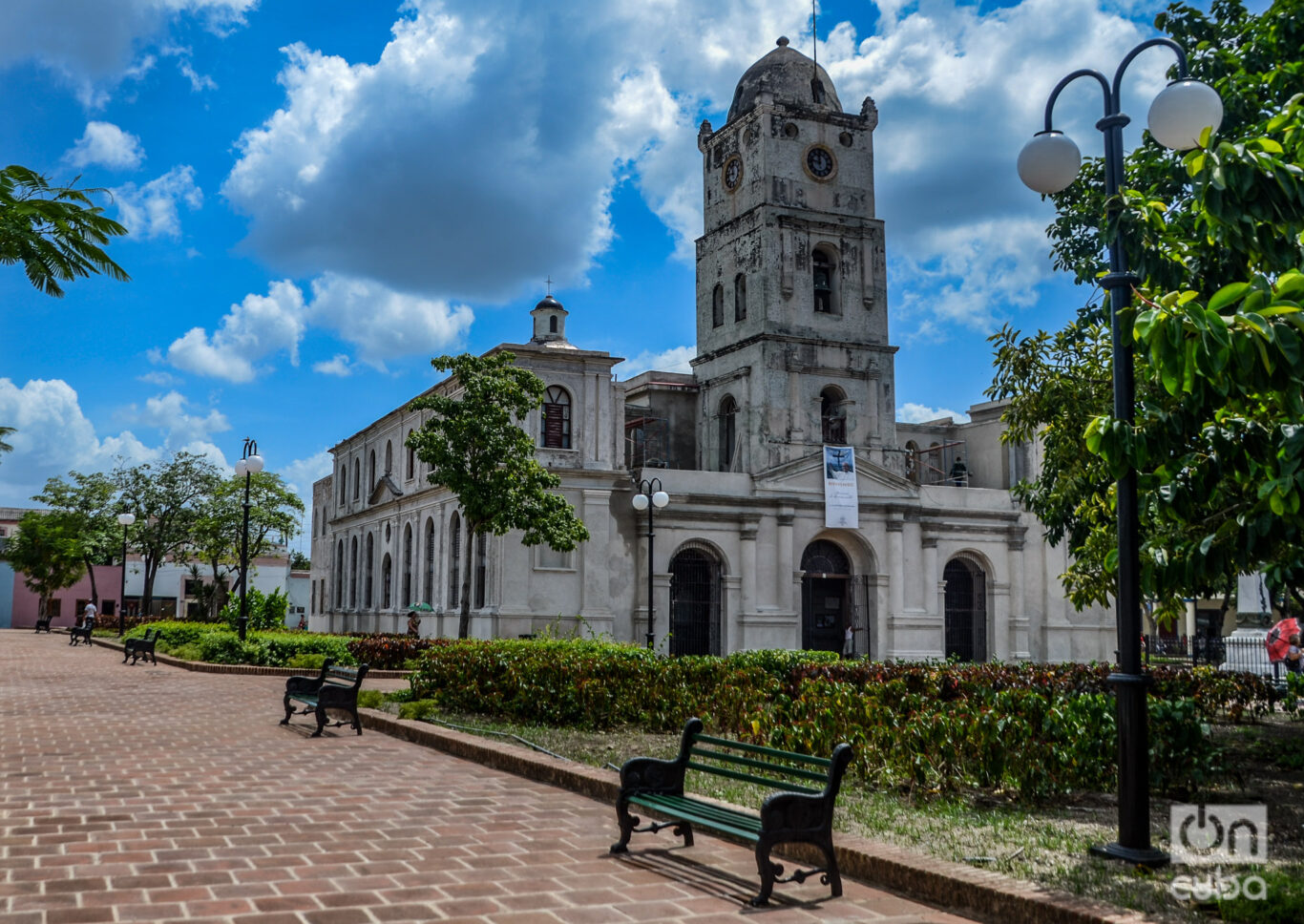
Long before I was born and my parents were born, the Third Seat of the City of Holguín was built there, in 1752. That same century the Franciscans built a hermitage and named the site San Francisco. Later, in 1809, the Church of San José was built and thus changed the name of the square. During the following decades it became a popular spot due to the markets that were organized there between 1838 and 1848. In 1898 the name was modified again, this time to be called Céspedes Park, in honor of Carlos Manuel Céspedes, whose sculpture was erected on one of the corners in 1981.

At first glance, the clay tiled ground in terracotta tones is striking. Lush trees and gardens and the aforementioned church (the only one in the city located within a park) complete the profile of the site, along with the Céspedes monument and another dedicated to the patriots shot by a firing squad in the Cuban wars of independence, known as “El angelote.”
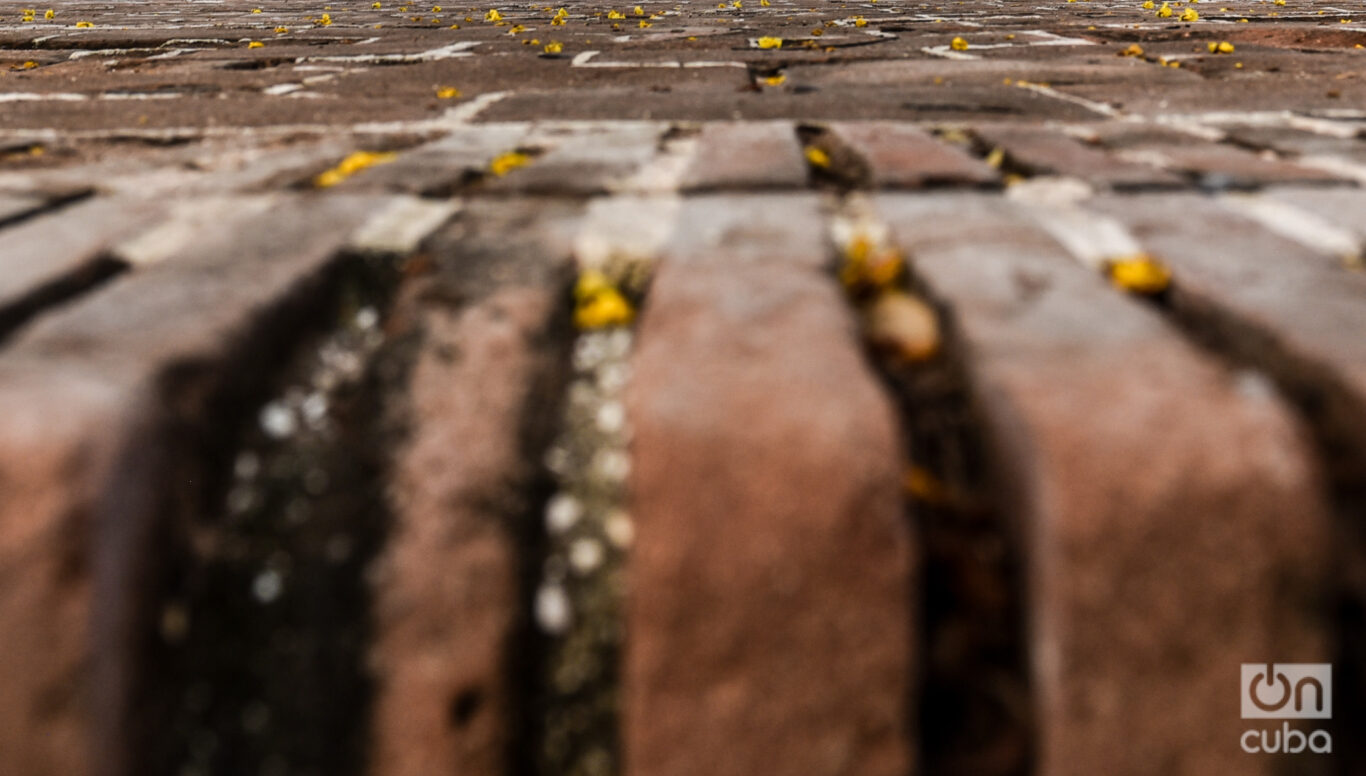
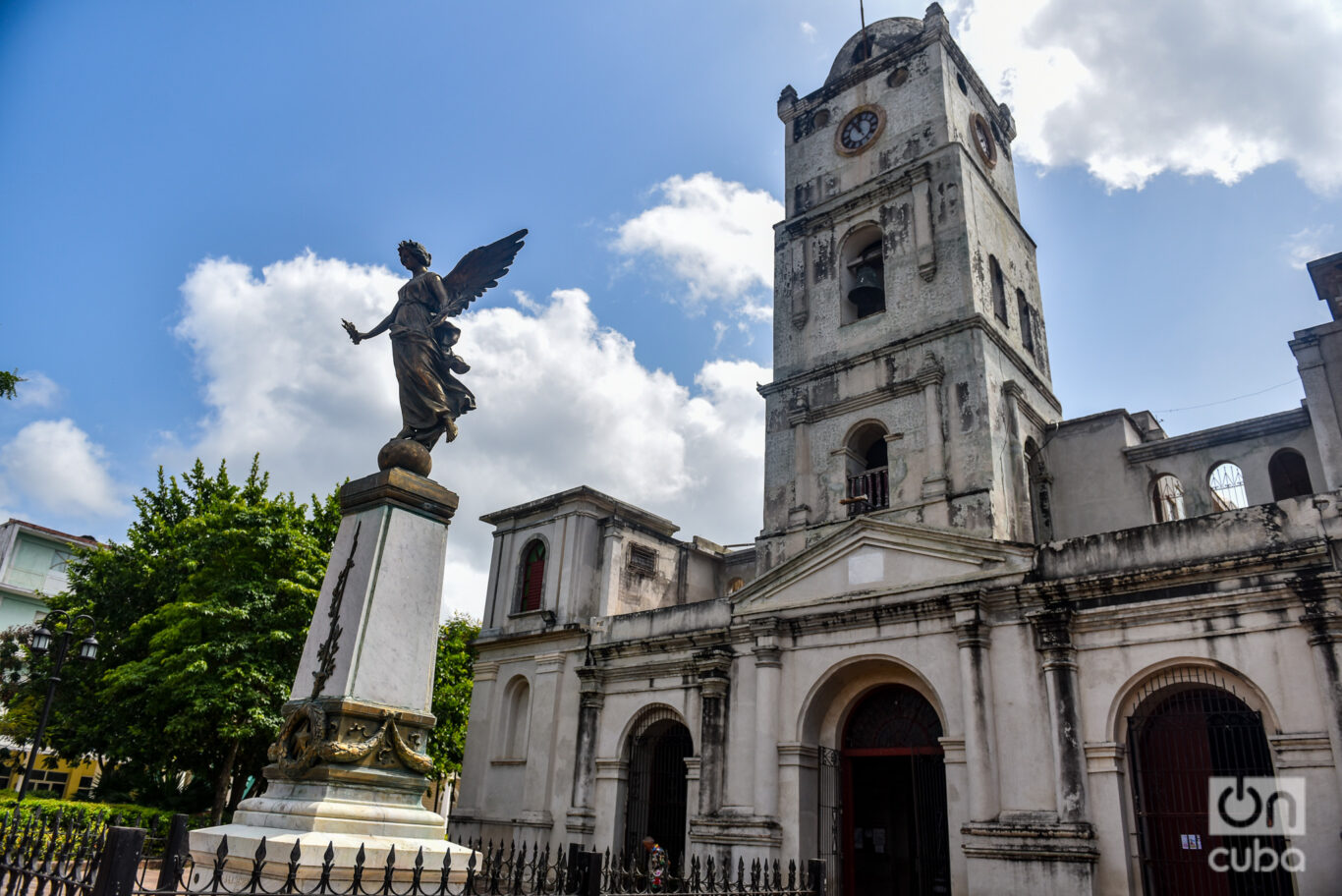
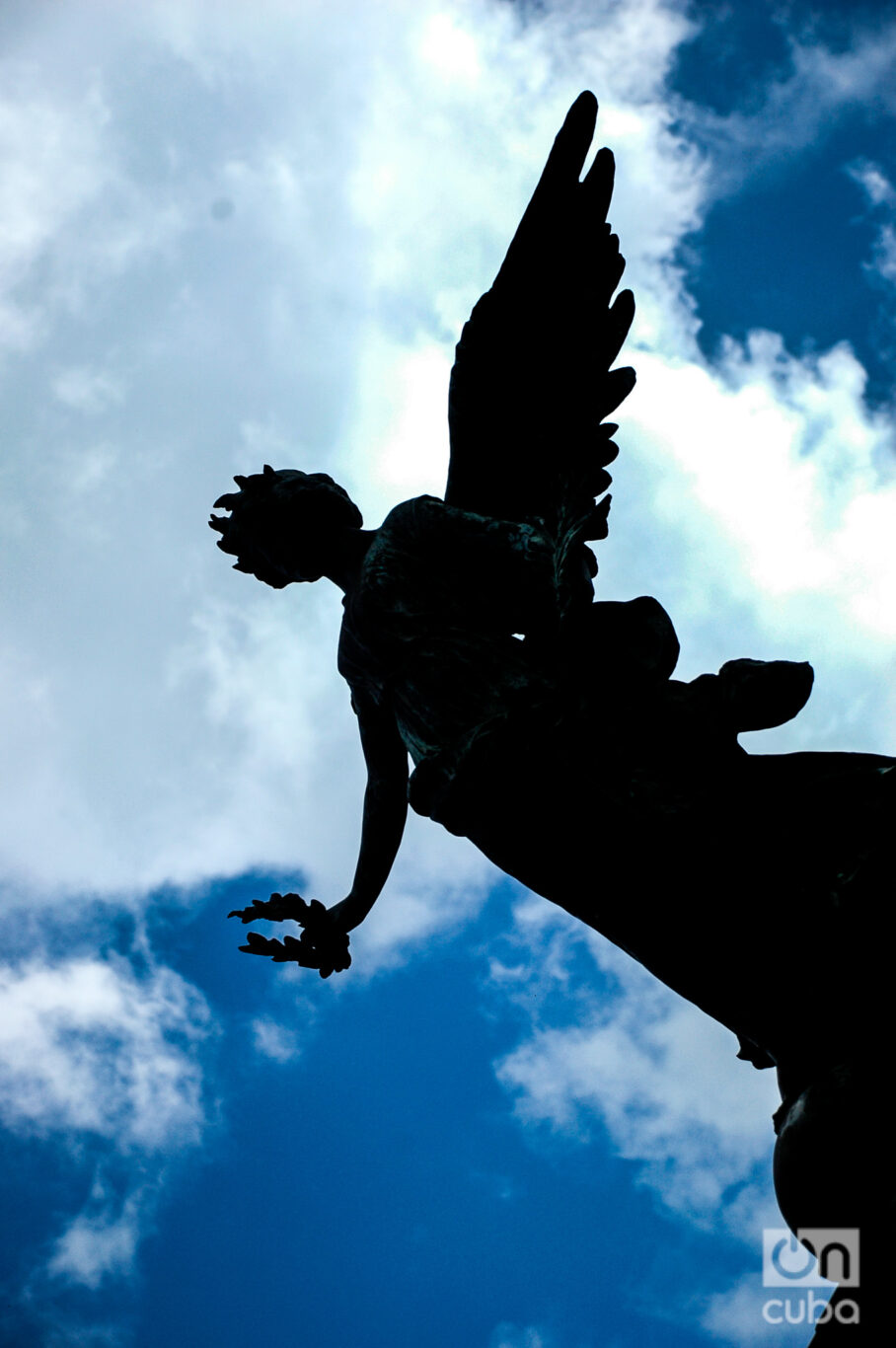
Among the five parks that spread along Libertad and Maceo streets, San José is not the busiest. It seems to be chosen by the city’s own inhabitants as the ideal place to seek tranquility.
It is not only an emblematic point of the city, but also exhibits an architectural quality that makes it a genuine character in the urban landscape; silent witness of countless joys and misfortunes throughout time.
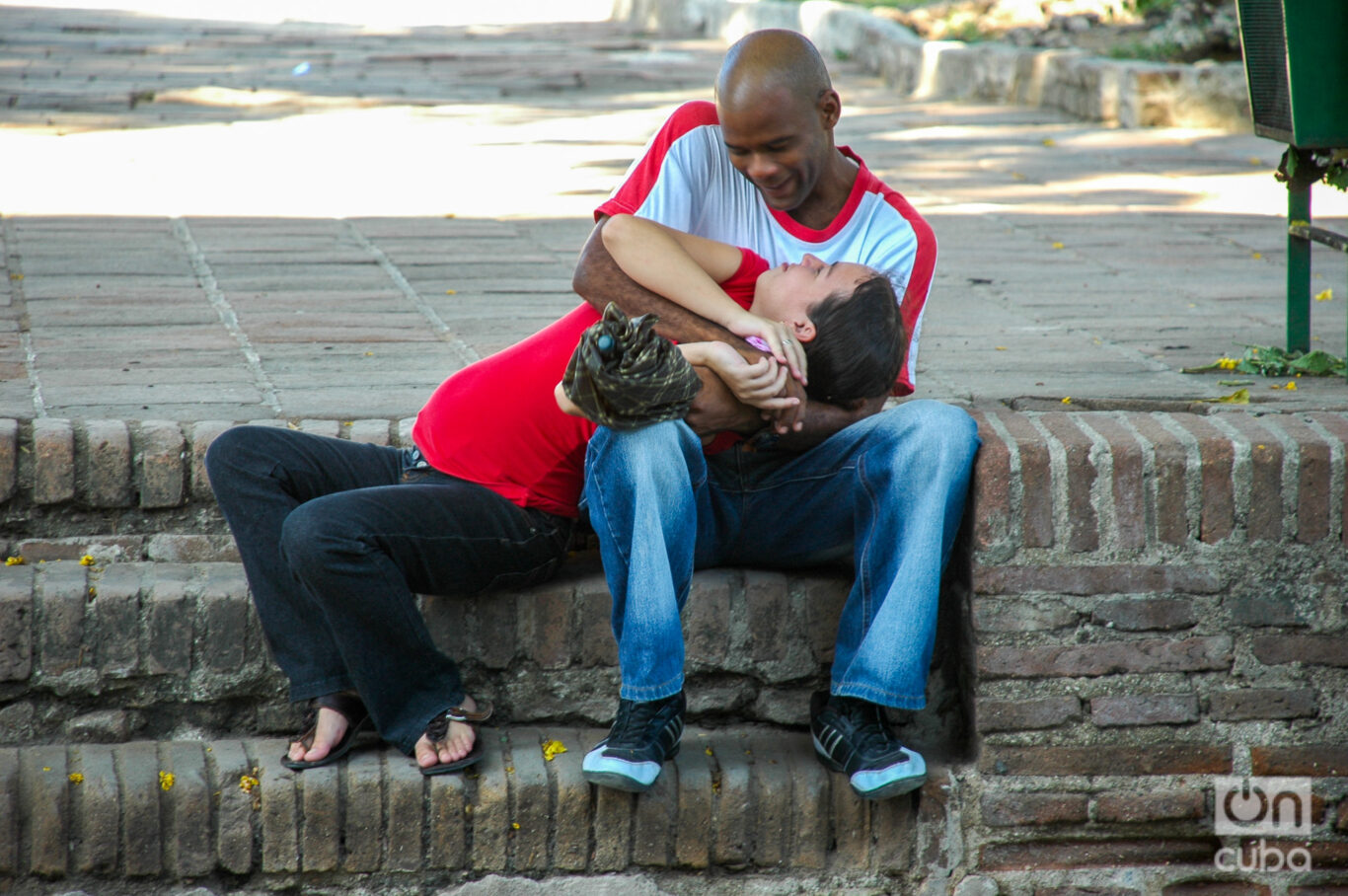
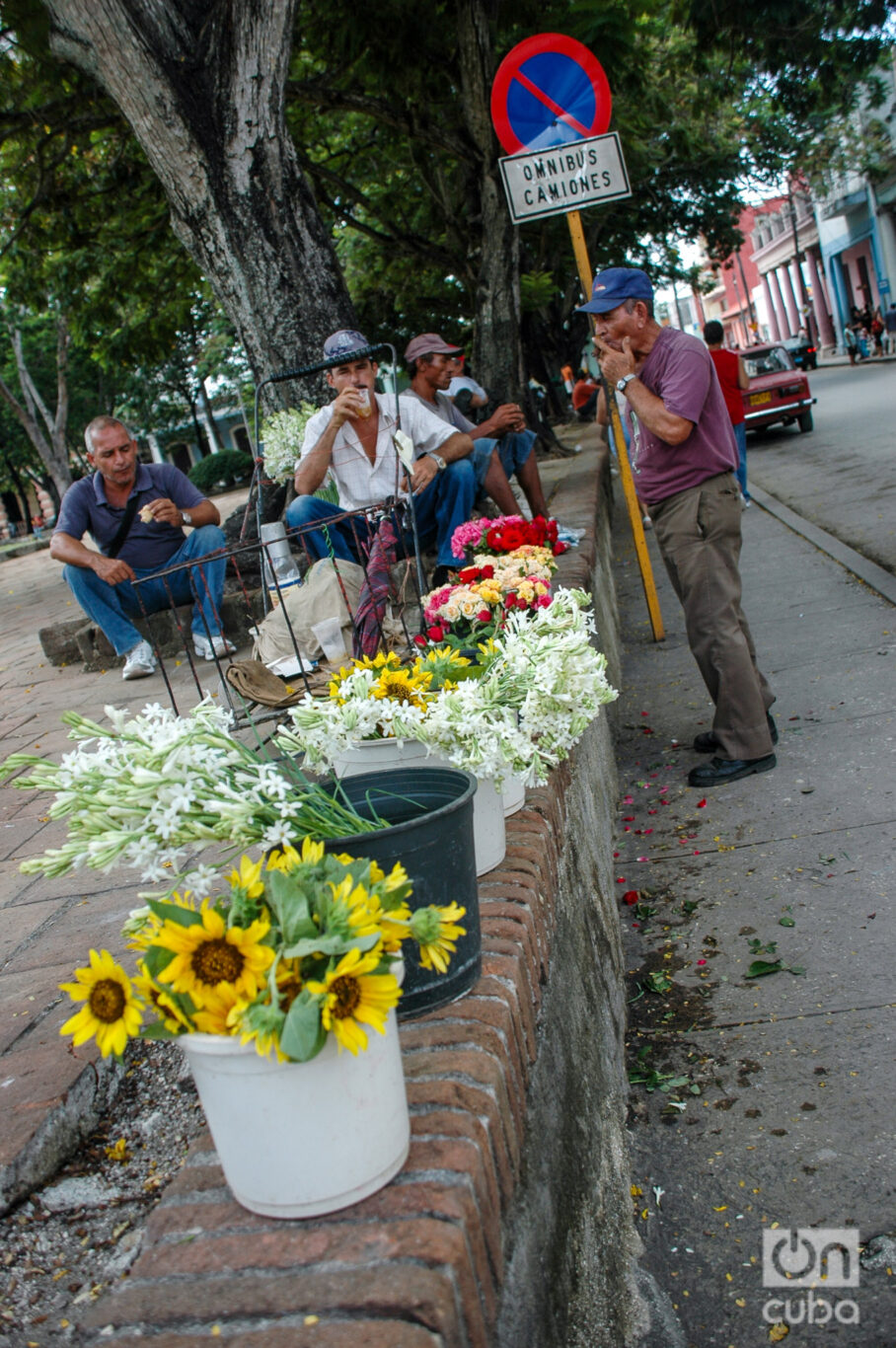
I remember the walks hand in hand with my parents, crossing the park from end to end during the week, on the way to daycare or on the way back home. I know exactly which bench was where I had my first date as a teenager. I also remember the blackout nights of the Special Period, when a group of friends went to sit around “El angelote” to talk and kill time and try to stand the heat. One of its gardens keeps, no less, my father’s ashes, according to his last will.

In the world, those of us who have had or have a “paquemío” are fortunate, that treasure of collective and diverse memory: from children’s games to the nostalgic sighs of the elderly.










